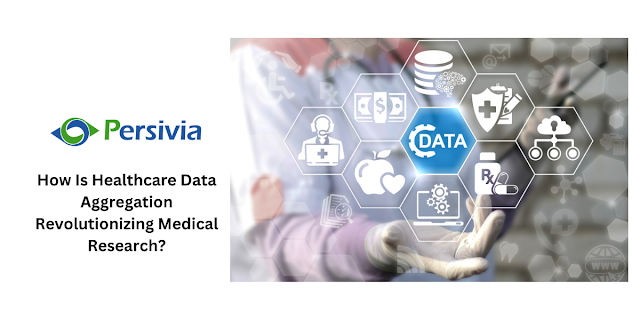Navigating Through The Ways Of Performing Accurate Risk Adjustment Solutions And Managing Care
A Risk Adjustment Solution is defined as a system of statistical processes that covers all the information regarding the health status and spending of the enrollees in an insurance plan while checking over their healthcare outcomes and care costs. Most healthcare organizations these days use a flashback method to assess the risk and analyze the history of clinical records and data of relevance to patients’ health. However, along with the history of records, there is a need for accurate and efficient data on patient risk. That will include a prospective view of the patient’s current health conditions and care.
Healthcare organizations are looking for ways to utilize NLP
and HCC Coding based-models to maximize their performance of Risk Adjustment Solution and
improve patient health across the care continuum.
Healthcare systems across the healthcare industry have
significantly increased the use of NLP technology that is led to enhanced validity of the processes
and risk capture perfection. However, healthcare organizations need to incorporate
the hcc coding to shift the
healthcare system towards value-based care.
Key
Objectives of Risk Adjustment Solution
Here are three core aims that lead to the success of Risk
Adjustment.
Ø Documentation and promotion of
enrollees’ health conditions and care.
Ø Making sure that the health
conditions of patients are accurately assessed and the care is mapped
accordingly.
Ø Look for
accurate CMS submissions, that are in compliance with the general regulatory
rules.
It is imperative for healthcare providers and payers to engage
with each other to ensure high-quality care delivery. For the progress of risk
adjustment solutions, health plans must be created. Such plans provide low-cost
benefits such as wellness visits on annual basis, thorough illness examinations,
and once-a-year physical examinations.
Healthcare plans often employ schemes that encourage patient
visits. They do remind the providers to schedule annual checkups by providing
them with the list of members that are in the patient panels. The use of
technology helps healthcare organizations review medical records and other
information.
Ultimately, the healthcare plans are using data analytics to
identify the patient population with chronic conditions that aren’t even
listed. in such cases, the claims data is helpful in providing relevant
information regarding the medical condition that may exist but not displayed in
claim data.
Therefore, such tools used by healthcare organizations help in
bridging the gaps in the delivery of value-based care.




Comments
Post a Comment